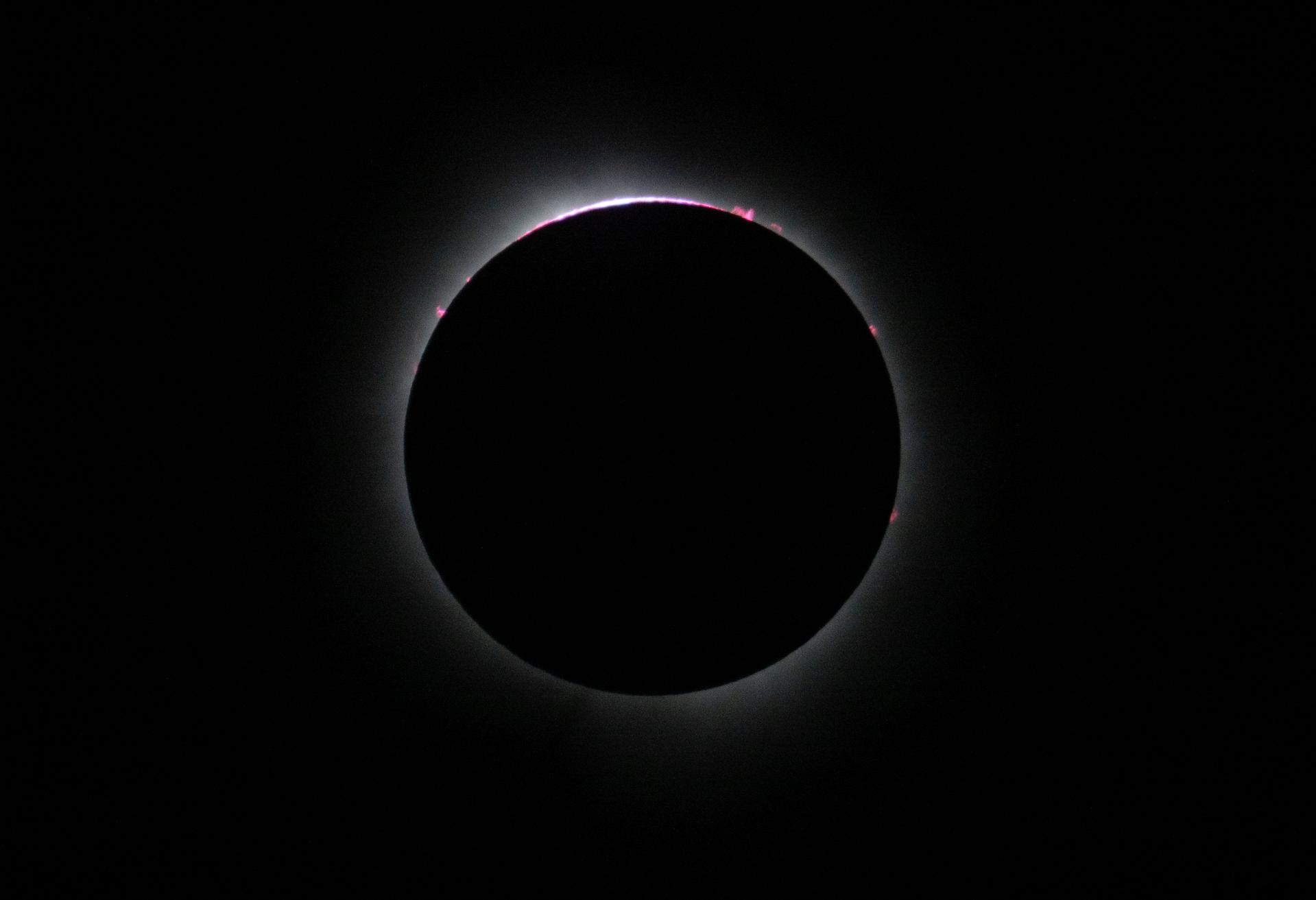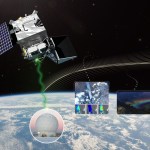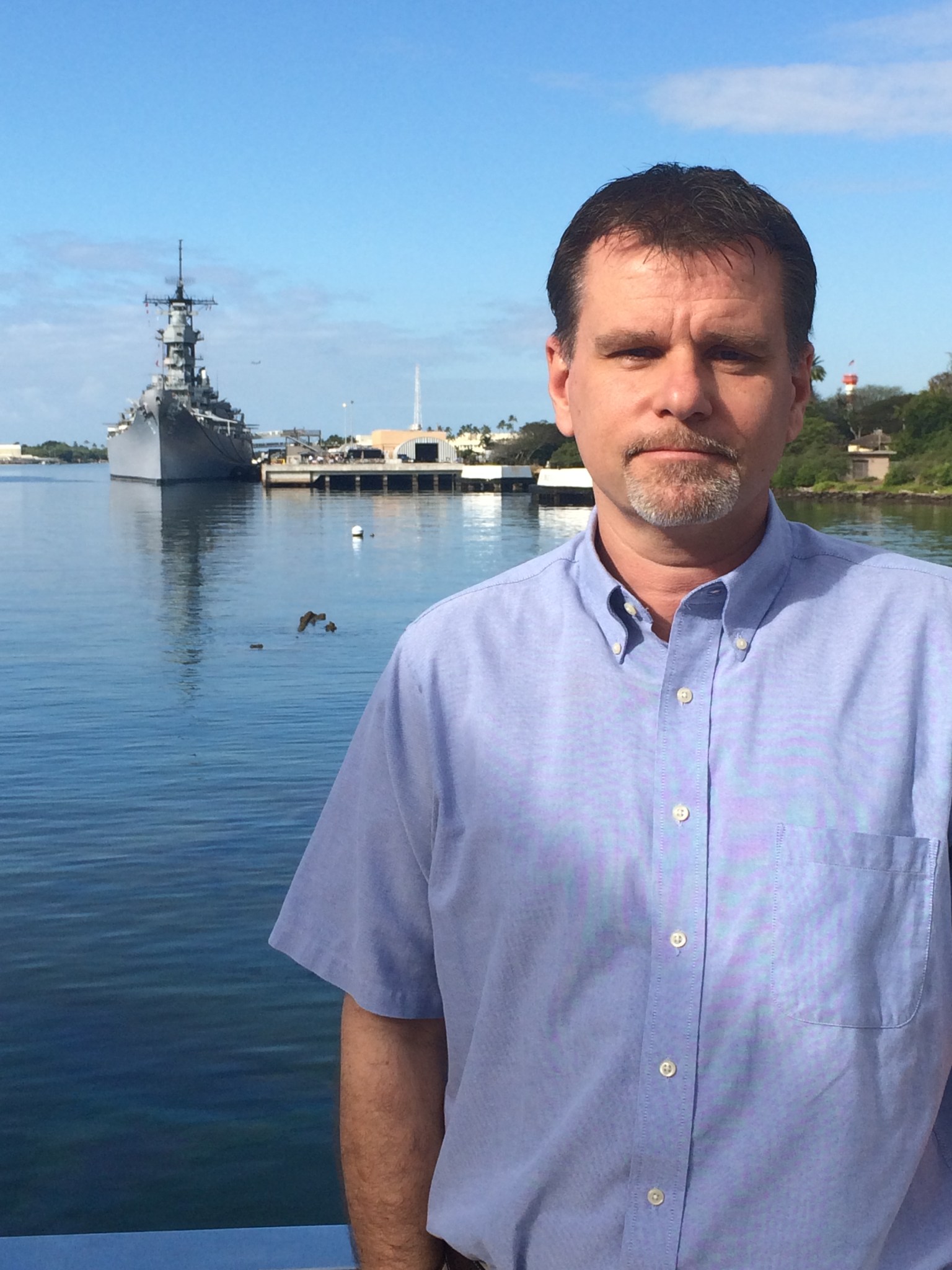
Name: David A. Wilcox
Title: Chief of the Special Projects Office at Wallops Flight Facility
Organization: Code 850, Special Projects Office, Wallops Flight Facility
What do you do and what is most interesting about your role here at Goddard? How do you help support Goddard’s mission?
I lead a new project management office at NASA’s Wallops Flight Facility in Virginia created in 2017. Our purpose is to provide a bridge between suborbital projects [those that don’t enter orbit around Earth in space] at Wallops and the larger spacecraft missions at NASA’s Goddard Space Flight Center in Greenbelt, Maryland. My office includes the SmallSat project office, such as CubeSats and smaller satellite missions. We also manage unique, complex projects implemented at Wallops, ones that do not fit within the typical program tiers of sounding rockets and balloons.
As a young child, did something inspire you to become a mechanical engineer for the space program?
Right after the Apollo landing, when I was about 6 or 7 years old, I went to a book fair. They had a plastic model kit of the Saturn V rocket and the Apollo 11 lunar lander. I was fascinated by it and bugged my mom until she bought the kit for me. I was a bit too young to put it together so my mom helped me.
Fast forward to my being a young teenager when “Star Wars” came out. For the time it was revolutionary and pushed me even further toward science and technology.
When I was in a senior in high school, the first space shuttle mission launched. We watched it on TV during our computer science class. Our class computer was about the size of a copier machine. Watching the launch steered me toward getting into engineering. At the time, I never thought I would end up actually working in the shuttle program but I later spent six years managing shuttle payloads.
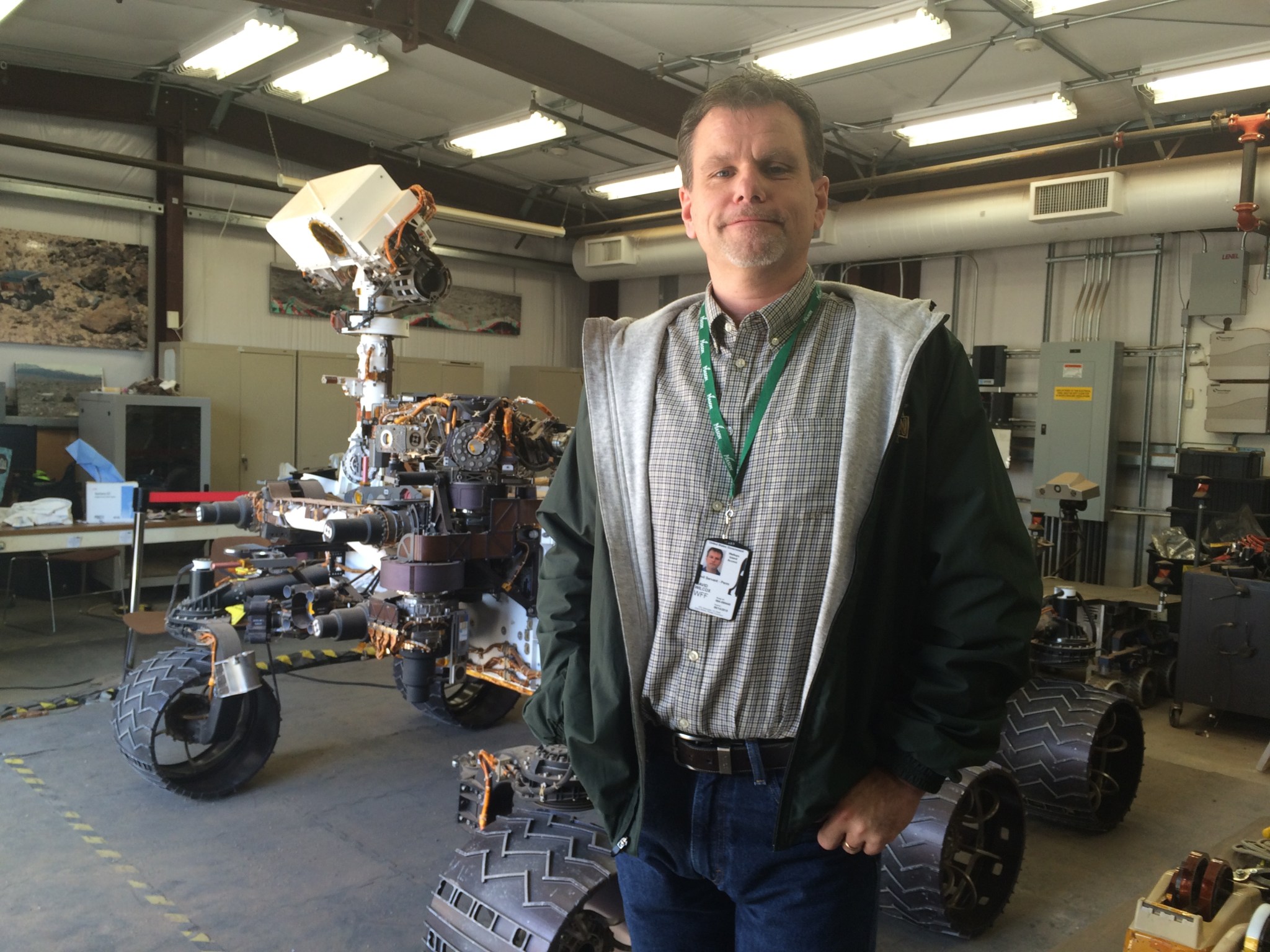
How did you get a job at Wallops?
I grew up in the Finger Lakes region of New York. I went to Old Dominion University in Norfolk, Virginia, to get a bachelor’s in mechanical engineering. While I was there, I got a co-op position, now called a pathways internship, at Wallops. Most of the time I went to school during the typical school year and worked at Wallops over the summers. The first project I worked on was the last Scout rocket launch to be conducted from Wallops.
You’ve spent your entire 35-year career at Wallops. Would you walk us through some of the milestones?
My first job, and first 12 years, I supported the sounding rocket program. We worked side-by-side and hands-on along with technicians and scientists to build payloads housing suborbital instruments. I also often worked on projects associated with the rockets used to loft these payloads, including some new vehicle combinations. These are typically very short duration projects, one to two years, and you get to follow the project from design concept to in some cases actually traveling to some remote location for launch. In 1997, I traveled to Alaska for a sounding rocket launch while serving as both the lead engineer and project manager. It was an exciting experience; it was minus 55 F the second day I was there, I had several close encounters with the local moose population, and I got to see the incredible auroras with my own eyes. It was a long trip as we waited for the right conditions to launch, but it was also very rewarding when we successfully completed it. These types of projects are somewhat unique to Wallops. They are why I stayed here my whole career.
What is the best thing about working there?
For me, it is the variety of the work that we do. Over the years, I have worked in nearly every flight project area within Wallops’ portfolio. I started out in sounding rockets, then worked for a little while as a project manager on shuttle payloads. I also worked on aircraft projects as an engineer and then was an Engineering Branch Head for 11 years. While in that position, I also supported the balloon program and helped with a number of complex projects including the Cosmic Ray Energetics And Mass for the International Space Station (ISS-CREAM), a space station payload, and the 2013 LADEE mission we launched to the Moon.
I’m still partial to rockets. My favorite project was the Lunar Atmosphere Dust and Environment Explorer (LADEE) because it gave me the opportunity to work on a rocket launch again, bringing me back somewhat to my roots in the sounding rocket program early in my career. It reminded me why I got interested in the space program in the first place.
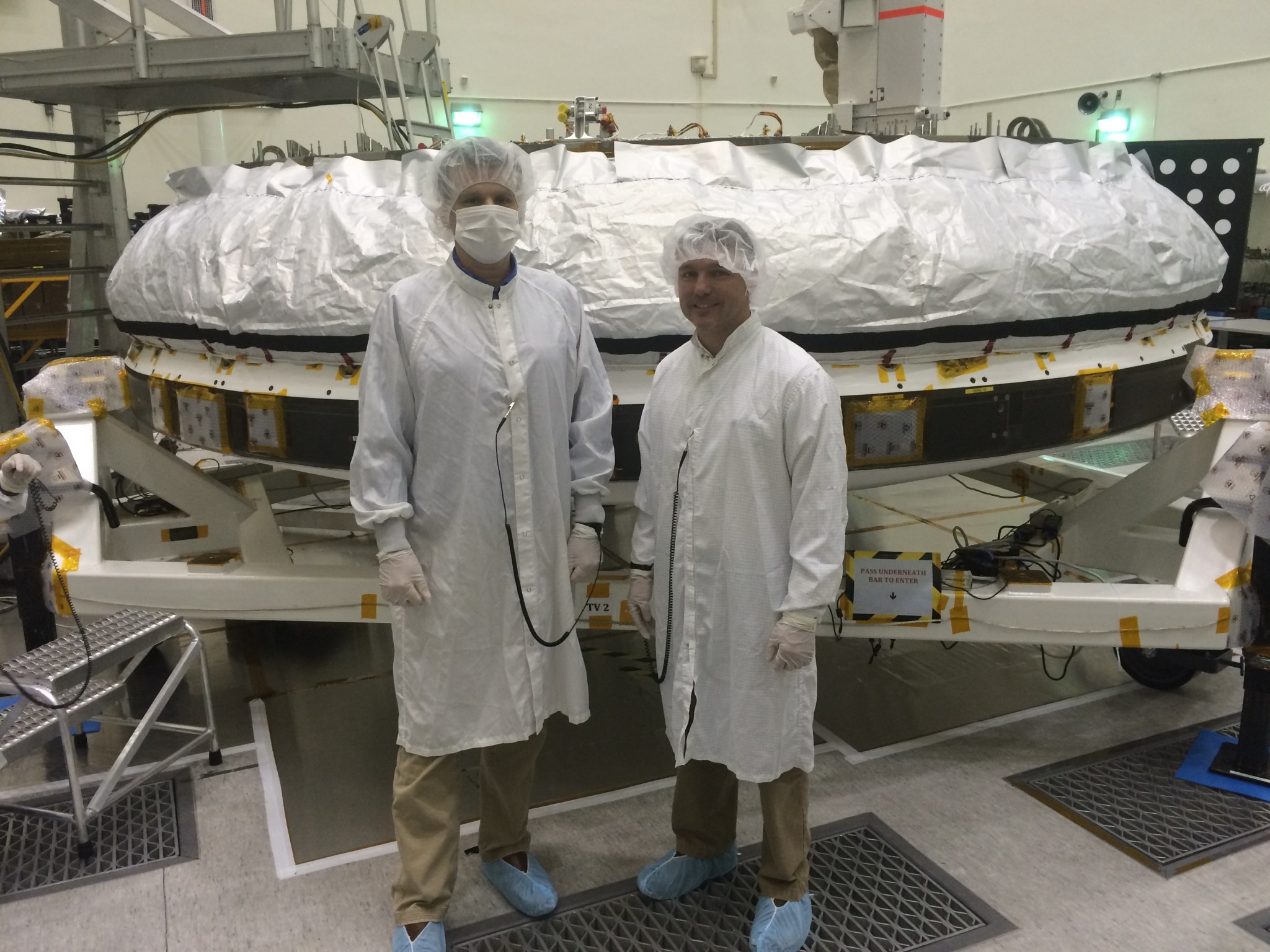
What plans do you have for your new office?
Our plan is to try to put processes in place that will allow us to more effectively manage the unique and complex projects that Wallops is now getting into which includes small spacecraft and several other potential unique missions. Our goal is to demonstrate success by effectively implementing a unique mission portfolio that contributes to further expansion of the work occurring at Wallops.
Are you a mentor? Do you have a mentor?
Yes to both. I have mentored off and on, both formally and informally. As a mentor, I cannot stress enough the importance of communication. Everything hinges on good communication. Quite often, our issues are not technical. Even if they are technical, they can be made worse by a lack of communication and improved by regular open and honest communication.
I have always thought it was very important for me to seek out mentors for myself. Over the years, the main thing I have learned is that there is always another perspective and there is always more that you don’t know as opposed to what you think you do know. A lot of times you may think you have things figured out and you talk to someone else who opens you up to another possibility. A lot of people tend to develop their position on something and then stick to it no matter what. It works better to be open-minded and flexible. Sometimes you have to proactively seek out other people’s opinions. When you do, be open to their ideas.
One time, I actually sought out someone to be my mentor just because he had a completely opposite personality. It is often fascinating to take the time to appreciate someone else’s view of something that you thought you had figured out years ago; I learned that sometimes the right answer is in the middle.
What makes Wallops unique?
We are used to very short duration, lower cost, very efficient projects. We have small focused teams. Wallops has about 1,500 to 2,000 people, including contractors. Everybody knows everybody. Sometimes we even know each other’s family. It is much easier to get folks all on the same page. If you have a question or some issue comes up, you know who you need to talk to and if they don’t know the answer they know who will have the answer.
What keeps you excited about Wallops?
One of the reasons why I am still at Wallops is that we are getting more and more exciting projects and getting back into the “launch business” in ever-increasing ways. During the ’60s, Wallops was continuously bustling with launch activity, often several times a week. We launched orbital rockets (Scout), sounding rockets; we did the early testing for Little Joe, the Mercury capsule. All of these things happened before I came to work here, some before I was even born.
It seems to me that Wallops is entering another period of this “continuous hum” as a “flight facility.” Although I am eligible to retire, right now I see there is too much potential to have fun working here.
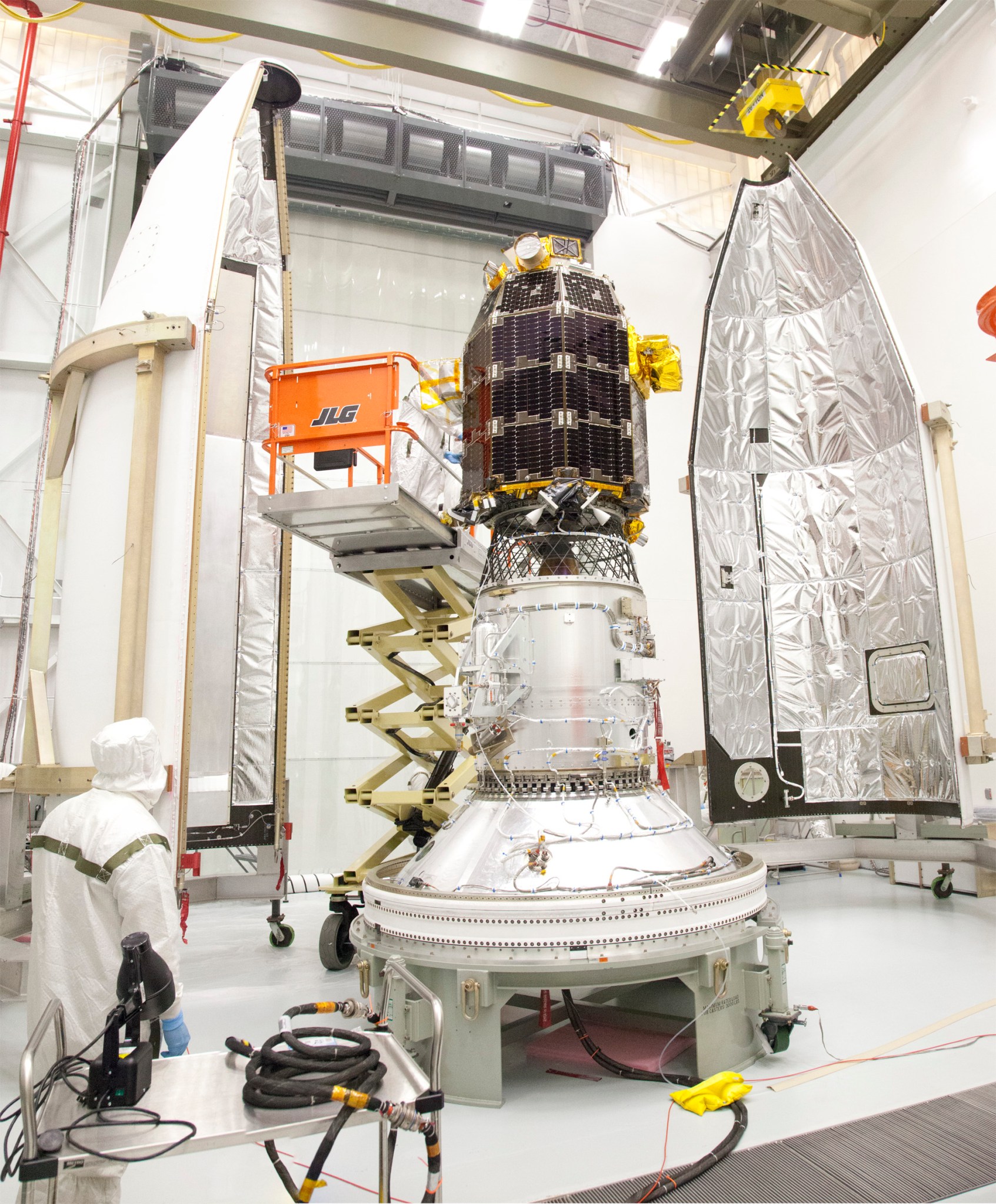
What do you love most about rockets and rocket launches?
Through the years, I have had opportunities to work elsewhere both within NASA and outside of NASA. None of them had as much appeal as Wallops; if I think about it, I guess the root of all of it begins with rockets.
My love affair with rockets started with my experiences as a kid; I still feel like they are our only ticket to get us off the planet and into the modern frontier. We have basically explored this entire planet and the next stop is space. At the moment, the only way to do that is with rockets.
My direct involvement in previous launches has been both exciting and terrifying. Being an engineer who was involved in the design, you also know what can go wrong. When the first big mission I worked on in the sounding rocket program launched, I was standing just a few hundred feet from the launch pad. I had designed a bunch of new things for that mission and was not sure whether or not they would work. I had a feeling of anticipation and also terror. It turned out that everything I had designed worked. But you never forget that feeling. It is basically a big adrenalin rush. After the launch, I was exhausted. I will always remember that first big success.
What are your hobbies?
Music is my main hobby outside of work, although I also dabble in woodworking and building furniture. I have played acoustic and bass guitar for over 30 years. I recently started efforts with the owner of a local “winery/bistro” to form a band. We play classic rock, a mixture of the ’60s through the ’80s, and some country.
I recently became a grandfather for the first time so I am also enjoying being “Poppy” whenever I can.
By Elizabeth M. Jarrell
NASA’s Goddard Space Flight Center, Greenbelt, Md.

Conversations With Goddard is a collection of Q&A profiles highlighting the breadth and depth of NASA’s Goddard Space Flight Center’s talented and diverse workforce. The Conversations have been published twice a month on average since May 2011. Read past editions on Goddard’s “Our People” webpage.


























